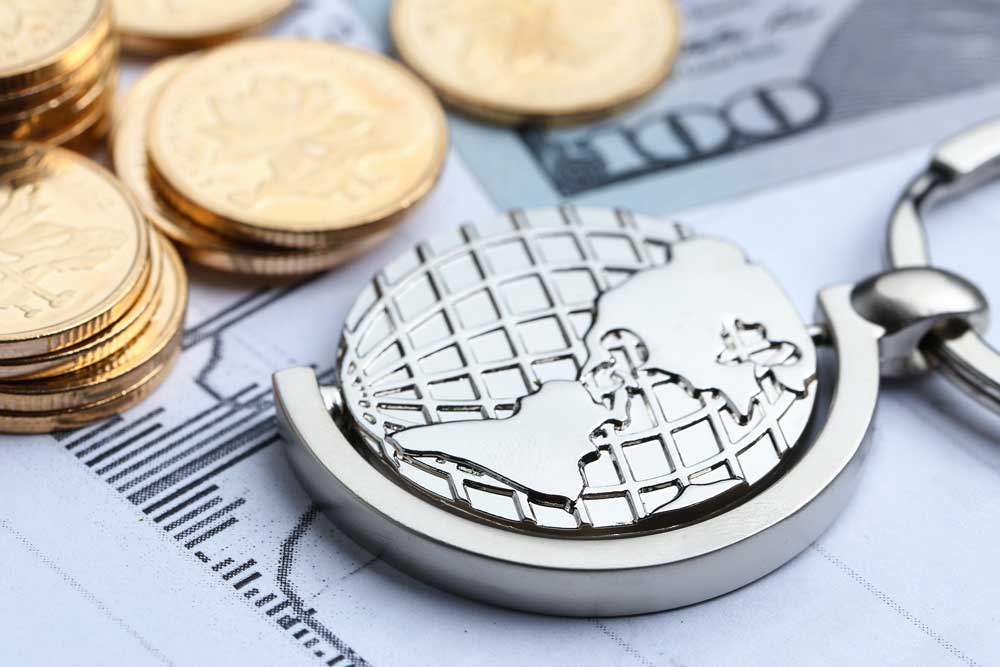- Fiscal policy and construction effect
Raising interest rates through fiscal policy could dampen corporate investment.
Implementing an expansionary fiscal policy that increases spending increases aggregate demand and economic movement.
When economic activity becomes active and income increases, people need more money. The more money you need, the harder it becomes to get money and the higher the interest rate.
Meanwhile, the government needs more money than the budget to increase spending. The government’s lending of insufficient funds in the fund market raises interest rates because it has the effect of increasing demand for funds.
If the government issues and procures government bonds for spending, interest rates will inevitably rise as bond prices fall and bond supply increases. Companies reduce investment because higher interest rates increase the cost of borrowing money.
The same is true even if a company invests in its own money without borrowing money. This is because the opportunity cost of spending money on investment has increased. The phenomenon that when government spending increases, aggregate demand increases, but when interest rates rise, corporate investment shrinks and aggregate demand decreases again is called the crowdind-out effect.
- The ripple effect of monetary policy
Monetary policy through changes in the benchmark interest rate affects the overall economy through various channels. Since these ripple paths are long and complex and can vary depending on economic conditions, it is not possible to accurately measure the magnitude of the impact of changes in the benchmark interest rate on prices or the ripple time difference, but in general, the effects of monetary policy spread through the following channels.
Interest rate channel
The change in the benchmark interest rate affects the overall interest rate in the financial market, including short-term market interest rates, long-term market interest rates, and bank deposits and loan rates. For example, if banks raise their key interest rates, short-term market interest rates such as call rates will rise immediately, bank deposit and loan rates will generally rise, and long-term market interest rates will also be under upward pressure. These movements of various interest rates affect aggregate demand such as consumption and investment. For example, rising interest rates curb borrowing and increase savings, while reducing household consumption by increasing deposit interest income and loan interest payments. In the case of companies, if other conditions are the same, an increase in interest rates leads to an increase in financial costs, reducing investment.
Credit channel
Changes in the benchmark interest rate may also affect banks’ lending attitudes. For example, if interest rates rise, banks could be more cautious about loans than before due to concerns over borrowers’ repayment capabilities. This reduces the investment of companies that raise funds through bank loans as well as household consumption using loan funds.
Exchange rate path
Changes in the benchmark interest rate will also affect the exchange rate. For example, if interest rates in other countries remain unchanged and their interest rates rise, the return on assets denominated in Korean won will increase relatively, resulting in an inflow of foreign capital. This means that more people are trying to buy won, which leads to an increase in the value of the won. The rise in the value of the won lowers the price of imports denominated in won, increasing demand for imports and increasing the price of exports denominated in foreign currency, reducing overseas demand for its products and services.
Changes in aggregate demand through various channels, namely consumption, investment, and exports (foreign demand), affect prices again. For example, the decrease in aggregate demand, such as consumption, investment, and exports, due to rising interest rates, acts as a downward pressure on prices. In particular, in the exchange rate channel, the fall in won-denominated import prices due to the rise in the value of the won acts as a factor that directly lowers domestic prices.
Changes in the benchmark interest rate also affect prices through changes in general expected inflation. For example, an increase in the benchmark interest rate is interpreted as meaning that banks take measures to lower inflation, lowering expected inflation. Expected inflation eventually lowers the actual inflation rate because it affects a company’s product price and wage decisions for wage workers.
References
www.bok.or.kr (2021). The ripple effect of monetary policy. [online] Available at: https://www.bok.or.kr/portal/main/contents.do?menuNo=200289 [Accessed 17 November 2021].
www.bbc.co.uk (2021). Role of business in society [online] Available at: https://www.bbc.co.uk/bitesize/guides/zmx47nb/revision/3 [Accessed 16 November 2021].
